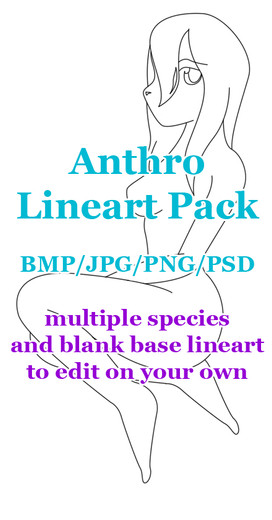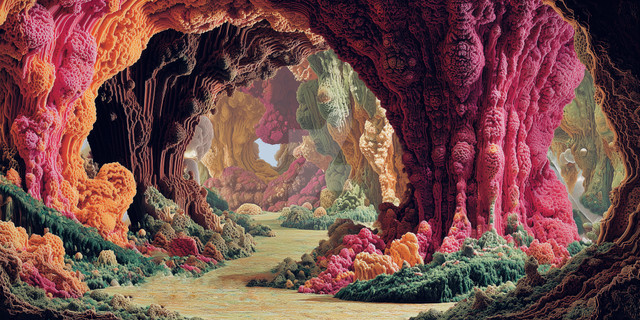HOME | DD
 Transapient — MSK Request: Life of Valamak
Transapient — MSK Request: Life of Valamak

Published: 2014-03-18 21:48:13 +0000 UTC; Views: 49320; Favourites: 404; Downloads: 115
Redirect to original
Description
Hey there peoples! Sorry for the lack of activity lately, I’m just been beating this out of myself. This piece is long overdue for MistaSilentKiller, as a request for one of his own projects. It is indeed based off my own “Life of Seiek” series, only this is for MSK’s world of Valamak, which showcases various decedents of the denizens of the Permian/Triassic era. As far as I’m concerned for now, this will be the first, last, and only installment of the Life of Valamak, so enjoy and feel free to imagine the other inhabitants based on this sampling:
Boragor: These specialized elephant-sized predators have evolved from basal carnivorous or insectivorous therapsid stock. Roaming over large territories alone or in small packs, depending on the species, the boragors are the alpha predators in many ecologies.
Eliael: A lucky one-in-a-million evolutionary product, the eliaels are descended from creatures like Sharovipteryx. These widespread and diverse flyers are powered by wings derived from their hind legs.
Wamta: The group Dicostae can trace its origins to creatures like Longisquama. These animals fill various specialized niches across the world of Valamak. The wamta belongs to an aquatic group which glides through the water along cartilagous fins. Some species are bottom feeders, while others specialize is filter-feeding or shell-cracking.
Thram: The thrams are common descendents of herbivorous therapsids. Many species possess elaborate tusk designs and head patterns.
Siol: Another highly derived creature owning to the same general ancestry as the boragor, the siol is a stealthy forest predator. Locating prey with sensitive ears and focusing with chameleon-like eyes, they often drop onto their quarry for a quick laceration to the sensitive areas with their claws and beaks, letting the prey bleed out.
Ickthrin: Among the most specialized of the Dicostae is the ickthrin. This species’ “scale-ribs” have developed into a protective hollow structure where symbiotic wasps make their nest. The reptile is camouflaged by its skin patterns and protected by its personal army, while the insects receive extra protection and a mobile home territory.
Growl: Named after the sounds they utter, growls mat actually be descendants of herbivorous thecodonts. These lumbering herbivores’ lips have merged to form a rasping, sucking mouth which they use to slurp up their usual diets of grass, water plants, and in some species tree bark or plankton-rich water.
Melangra: The Skallicephs are among the most successful carnivores of Valamak, being evolved from carnivorous therapsids like gorgonopsids. The melangra is a representative of one of the two main modern groups, the ones that go on two legs. They use pursuit tactics and their vice-like jaws to capture prey.
Vagal: Vagals are small to large burrowing herbivores that form the basis for an extensive subterranean ecology. The smaller species may spend nearly all their lives underground, but the bigger ones are often ore adapted to moving easily on the surface as well.
Dua: The more common of small herbivores on Valamak are the rodent-like animals collectively known as dua. Evolved from plant-eating therapsids, these creatures’ superficial resemblance to Earth rodents is a remarkable case of convergent evolution.
Awal: The second group of living Skallicephs are a quadrupedal group that relies more on ambush techniques to take down their prey. The awal is a forest-dwelling species that makes use of its upper body strength, speed, and grasping teeth to hold its victims down. The quills on the head and tail are used mainly for display, but can also serve as protection.Related content
Comments: 15

Descendant of Sharovipteryx....what a one-in-a-million animal, literally! I like it, it's a little dragon
👍: 1 ⏩: 0

Awesome! You have really outdone yourself with that one!
👍: 0 ⏩: 0

Sorry it took awhile to get it out, but I'm glad you're pleased with the result.
-----
"Evolve and Grow." -- The Universe
👍: 0 ⏩: 0

Thank you.
-----
"Evolve and Grow." -- The Universe
👍: 1 ⏩: 0

Thanks.
-----
"Evolve and Grow." -- The Universe
👍: 0 ⏩: 0

By the holly god of pizza this is spectacular!
👍: 0 ⏩: 1

Pizza is good, so I'll take that as a compliment.
-----
"Evolve and Grow." -- The Universe
👍: 0 ⏩: 1

































